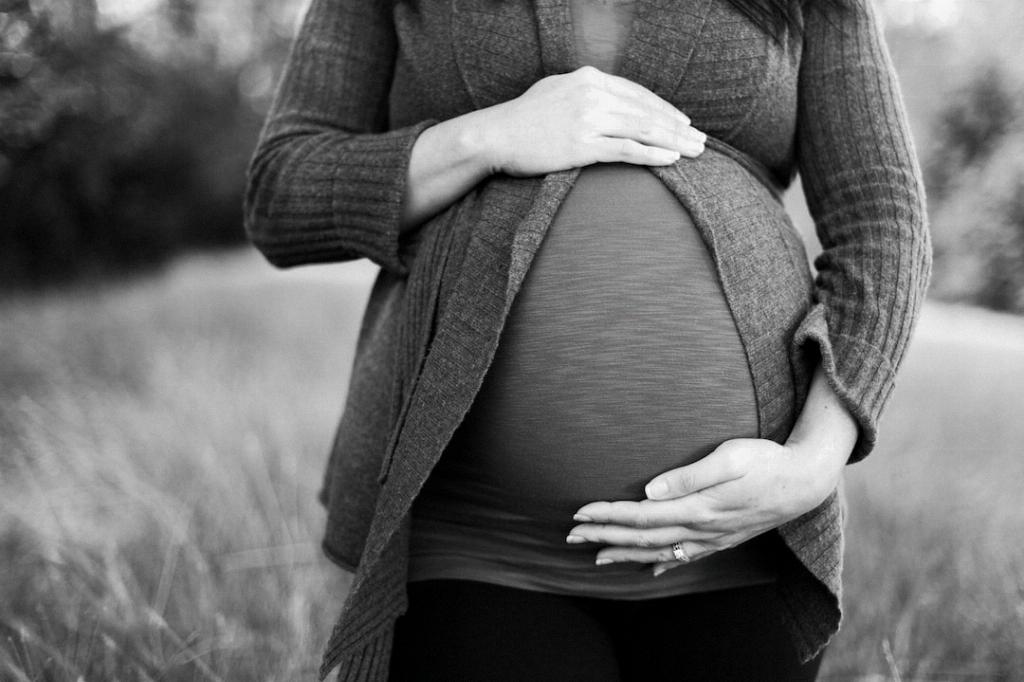When it comes to taking a pregnancy test, understanding the results can be crucial in determining your current pregnancy status. One key component of a pregnancy test is the appearance of lines, typically displayed in a test window and a control window. These lines can provide valuable information about the presence of a hormone that indicates pregnancy.
Deciphering the Results of a Pregnancy Test
When you take a pregnancy test and see two red lines in both the test window (T) and the control window (C), it signifies a specific outcome that requires attention. In this scenario, the presence of two lines, regardless of their intensity, could indicate the potential presence of retained products of conception.
Understanding the Significance of the C Line
Now, let’s delve deeper into the meaning of the C line in a pregnancy test. The “C” in the control window stands for the control line. This line serves as a reference point to validate the accuracy of the test. When you see a line in the control window, it confirms that the test has been conducted correctly and is functioning as intended.
Interpreting Pregnancy Test Results
It’s essential to interpret pregnancy test results correctly to avoid any confusion or misinterpretation. If the control line (C) appears without a corresponding line in the test window (T), it typically indicates a negative result, meaning that the hormone associated with pregnancy is not detected in your urine sample.
The Role of the Control Line in Pregnancy Testing
The control line in a pregnancy test plays a crucial role in ensuring the validity of the results. By appearing in the control window, this line verifies that the test has been performed correctly and that the components are functioning as expected.
Significance of Two Lines in a Pregnancy Test
When both the control line (C) and the test line (T) show two red lines, it can indicate an abnormal result that requires further evaluation. This outcome could suggest the potential presence of retained products of conception, which may necessitate medical attention or follow-up testing.
What to Do in Case of Two Lines in the Control Window
If you observe two lines in the control window (C) of a pregnancy test, it’s essential to consult with a healthcare professional to determine the appropriate next steps. This outcome may indicate a complex situation that warrants further investigation to ensure your health and well-being.
Seeking Guidance from a Healthcare Provider
For accurate interpretation of pregnancy test results and personalized guidance based on your individual circumstances, it’s advisable to seek assistance from a qualified healthcare provider. They can offer expert insight and recommend appropriate interventions or follow-up assessments as needed.
Ensuring Accurate Pregnancy Testing
To ensure the accuracy of pregnancy testing and obtain reliable results, it’s crucial to follow the instructions provided with the test kit carefully. By conducting the test correctly and interpreting the results accurately, you can make informed decisions about your reproductive health.
Conclusion
In conclusion, understanding the significance of the C line in a pregnancy test is essential for interpreting the results accurately. By recognizing the role of the control line and its implications for pregnancy testing, you can navigate this process with confidence and clarity. Remember, if you have any concerns or uncertainties about your pregnancy test results, don’t hesitate to seek guidance from a healthcare professional for personalized support and guidance.

